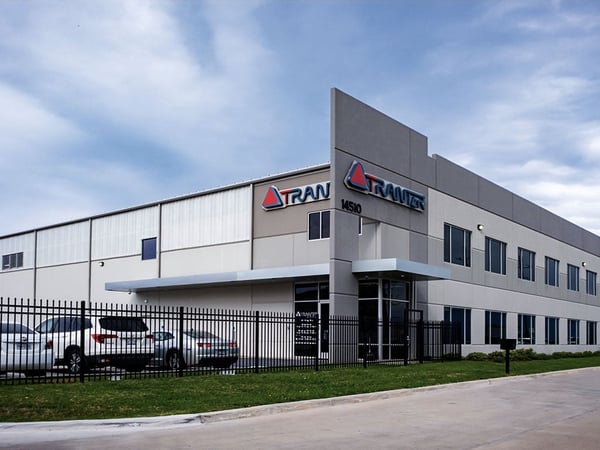Internal workload
Our commitment lies in harmonizing work-life equilibrium for your team, guaranteeing that tasks are completed efficiently and on schedule.
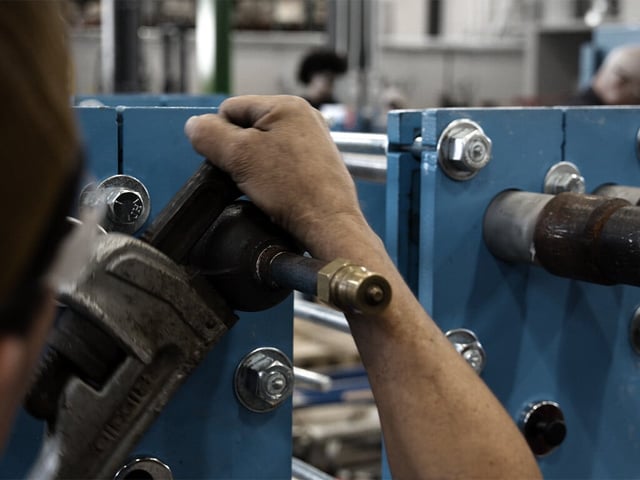
Boosting data center performance

The digitalization mega trend has resulted in exponential growth of data centers. While promoting technological advancement, it also raises significant environmental and
sustainability concerns due to the high energy, water and resource consumption associated with data centers. Let’s take a look at how Tranter’s plate and frame heat exchangers can
be used to make the datacenters more sustainable. Tranter’s gasketed plate and frame heat exchangers are AHRI certified.
Data centers
Our commitment lies in harmonizing work-life equilibrium for your team, guaranteeing that tasks are completed efficiently and on schedule.

Minimize your project expenses effectively by implementing strategic cost-saving measures. Adopting efficient planning, and ongoing cost analysis can dramatically reduce unnecessary expenditures.

Maximize the benefit of our engineering expertise by utilizing our services as extensively as possible. Our team is dedicated to providing top-tier solutions tailored to meet your unique project requirements.
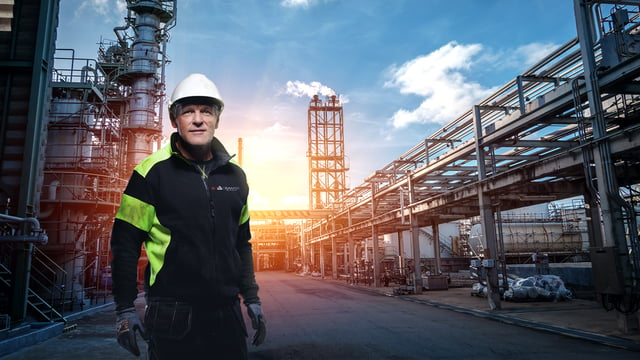
Data centers
IT equipment emits significant heat during data processing, requiring high cooling capacity and ideally, heat reuse. Conventional data centers use chillers connected to either an open cooling tower or by free-cooling from a nearby water course with a plate and frame heat exchangers to cool the IT equipment room. A plate and frame heat exchanger as cooling tower intermediate heat exchanger protects the chiller from fouling, minimizes fluid volume per circuit, and accommodates varying design pressures, lowering system costs, and even allows full by-pass of the chiller when the ambient temperature allows. Thus, Tranter’s gasketed plate and frame heat exchangers help the data centres to reduce their PUE (Power usage effectiveness), WUE (water usage effectiveness), CUE (carbon usage effectiveness and ERE (energy reuse effectiveness).
Hybrid data centers combine elements of traditional on-premises data centers with cloud-based infrastructure, enabling organizations to leverage the benefits of both environments. Hybrid systems that are adding direct liquid cooling to the IT-racks are using a coolant distribution unit (CDU) with compact plate heat exchangers, in combination with cooling tower intermediate plate heat exchanger or plate and frame heat exchanger for free-cooling from nearby sea, river or lake.
Heat exchangers are commonly incorporated into AHUs to regulate the temperature and humidity of the air circulated within the data center.




Resource center
Resource center
Energy, Process industries Marine and shipbuilding Sustainability
Energy, Process industries Marine and shipbuilding Sustainability
Resource center
Energy, heating and cooling Sustainability
The digitalization mega trend has resulted in exponential growth of data centers. Let’s take a look at how Tranter’s plate and frame heat exchangers can be used to make the datacenters more sustainable.

Energy, Process industries Sustainability
Tranter’s heat exchangers have various applications across many different markets. Let’s take a look at how plate and frame heat exchangers can be used in CO2 capture applications to improve the total economy of the plant.
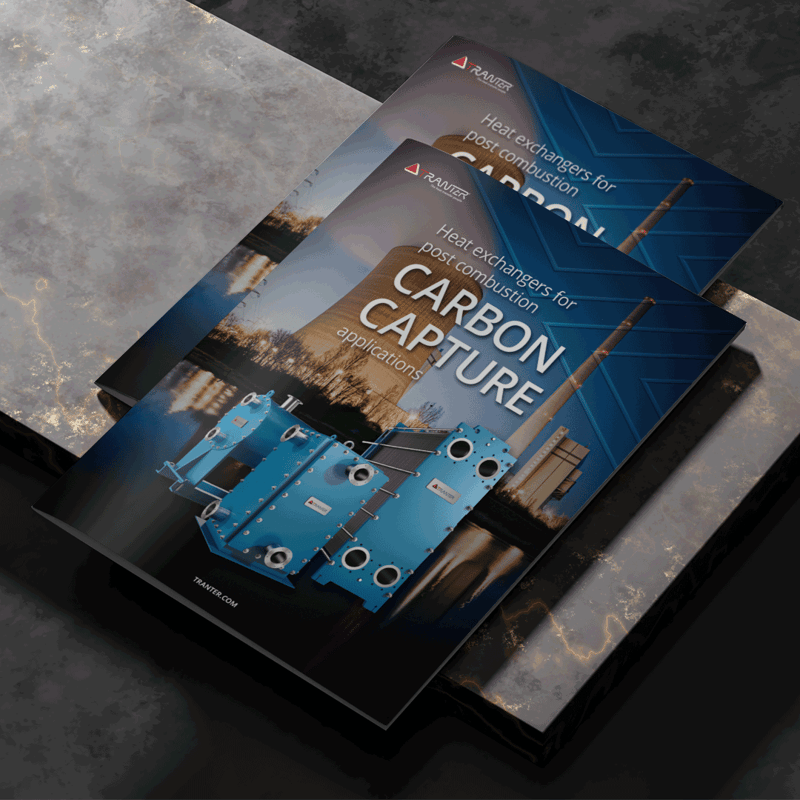
Sustainability Energy, heating and cooling Energy, Process industries
Explore our comprehensive brochure to delve deeper into Tranter and discover the wide range of offerings we provide.
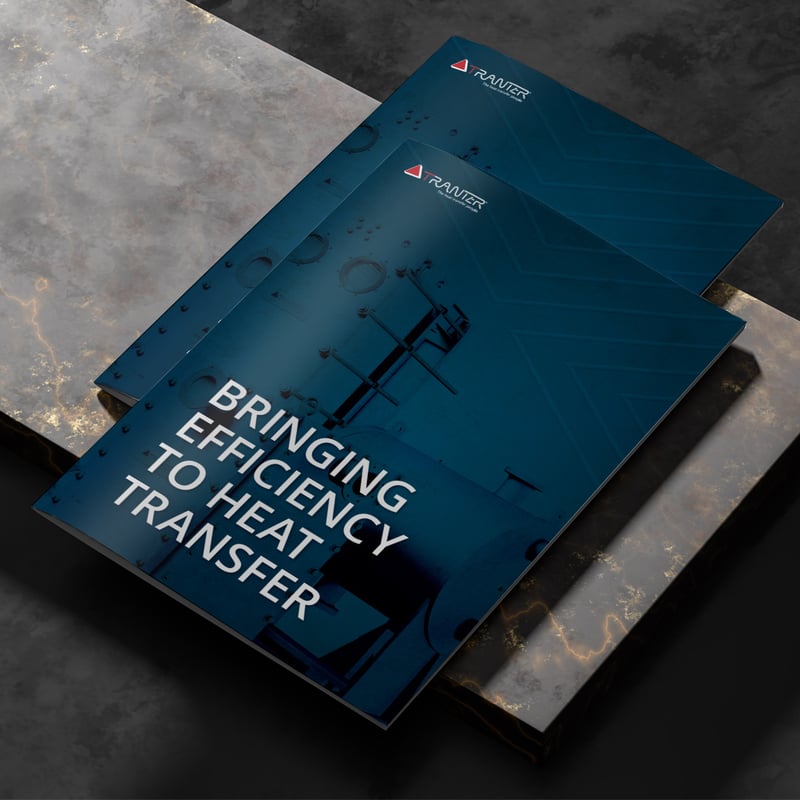
Still curious?
